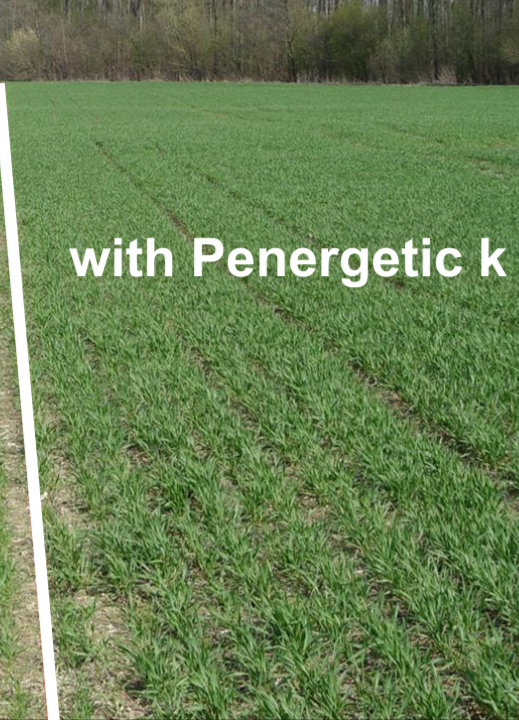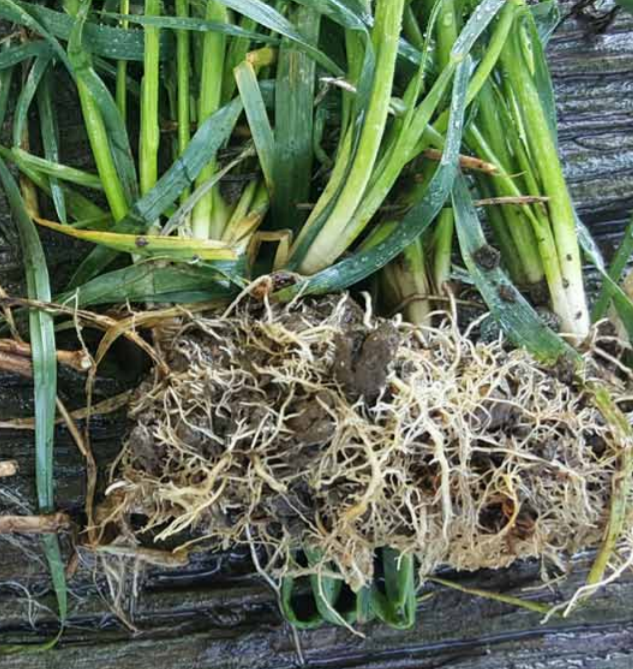REAL SUCCESS STORIES
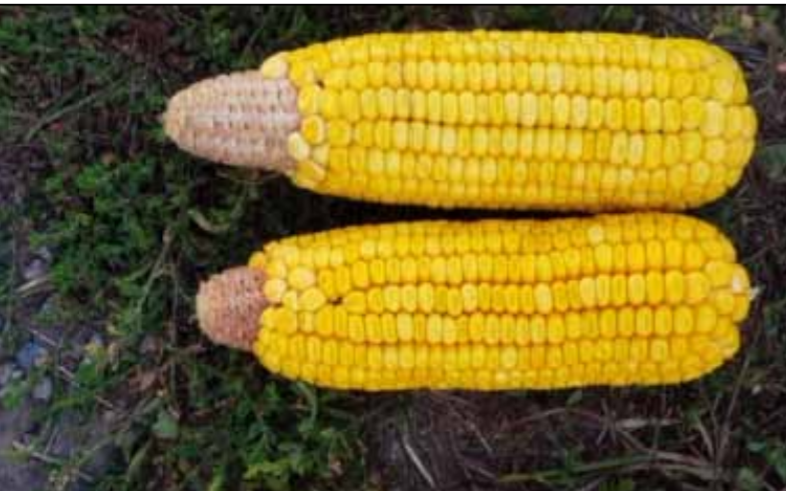

Compare the Difference between Corn Variety: 17 XGT CHU Range: 2300 - Untreated vs. Penergetic-treated
The non-treated picture shows a picture of corn in a control plot with a Grower Standard Practice (GSP) of 275 lbs./acre with 9-40-4 + micros.
The after picture shows a picture of corn treated with Penergetic k and p. (GSP + 200 g/ac penergetic k with fertilizer + 100 g/ac penergetic p seed treatment+ 100 ml/ac penergetic p [liquid] applied along with Roundup.)
Compare the Difference with this Manure Lagoon - Untreated vs. Penergetic-treated
The before picture shows an untreated Lagoon with heavy crust, fibre undigested, ammonia smell
The after picture shows the lagoon after being Penergetic-treated with a homogenous, creamy, crust free, reduced odour and higher retained nitrogen content.
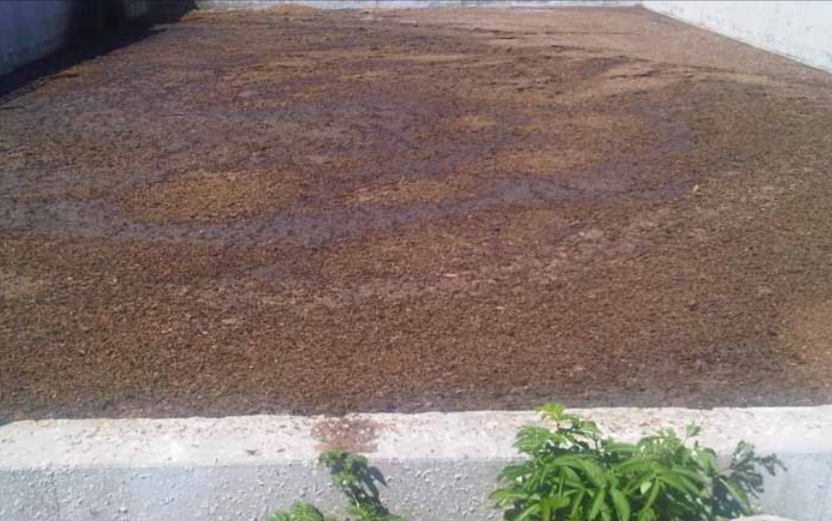
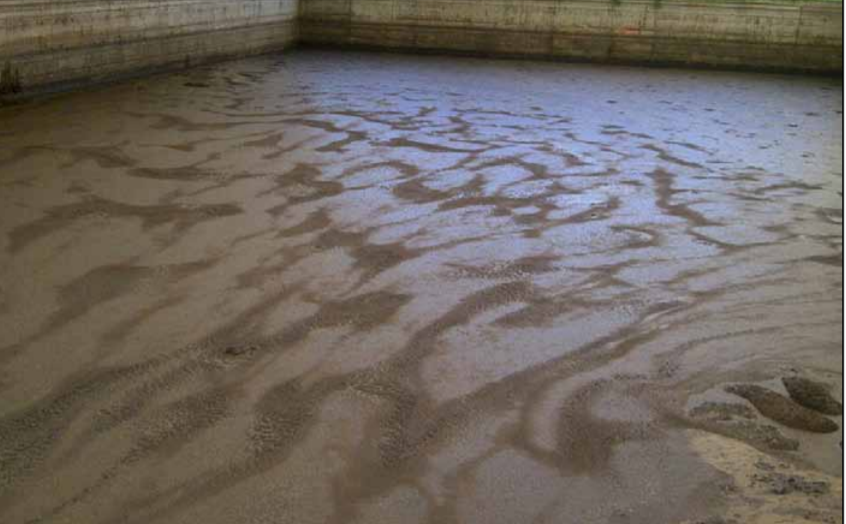
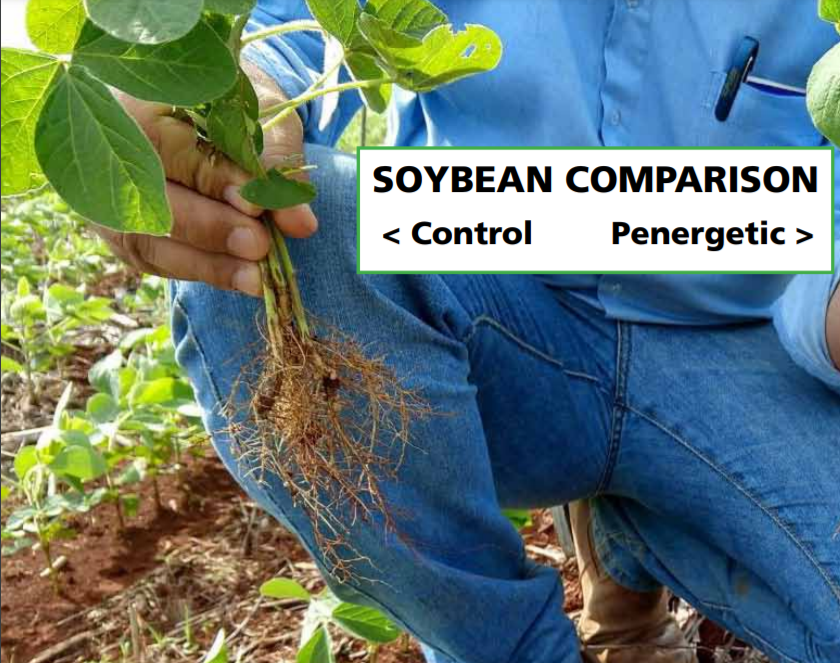
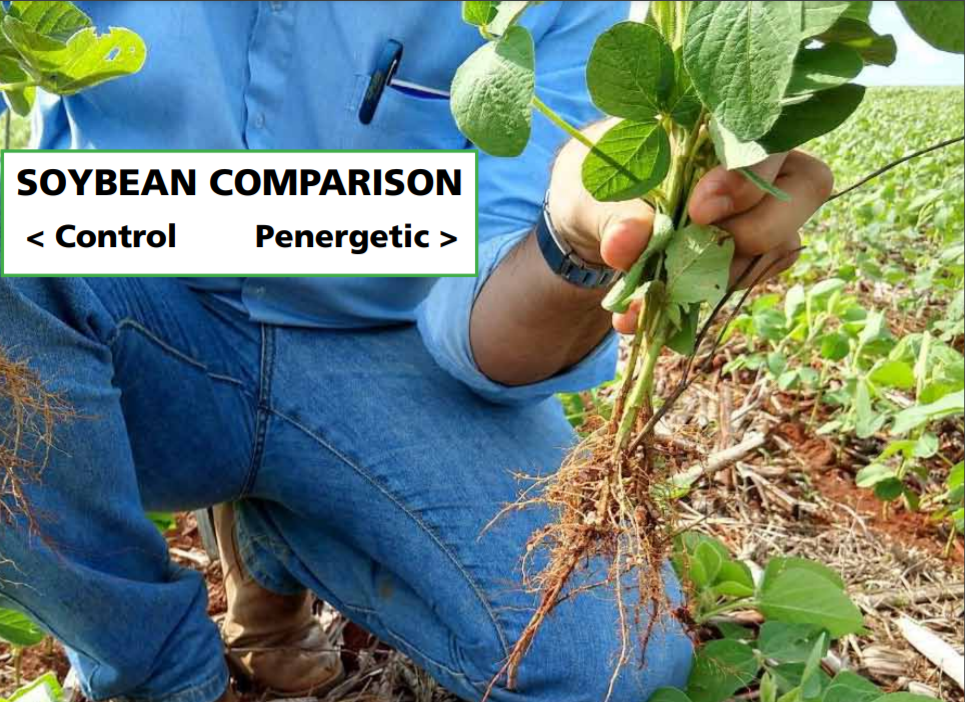
Compare the Difference with this Soybean Field - Untreated Soybeans vs. Penergetic-treated Soybeans.
This farmer used penergetic g treated manure on soybeans and Penergetic k and p in his soil.
Compare the Difference with this Winter Wheat Field- Untreated vs. Penergetic-treated
The first picture shows an untreated plot of a winter wheat field.
The second picture shows the furrows of the same winter wheat field with Peneretic k and p applied.

